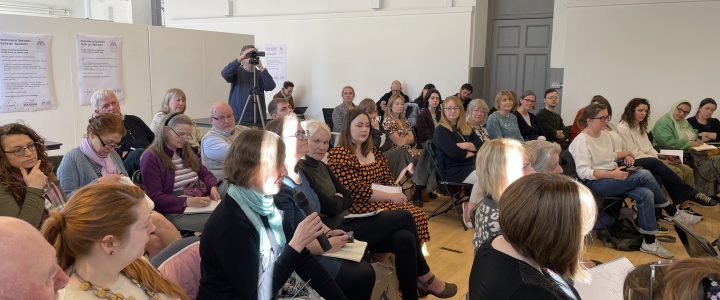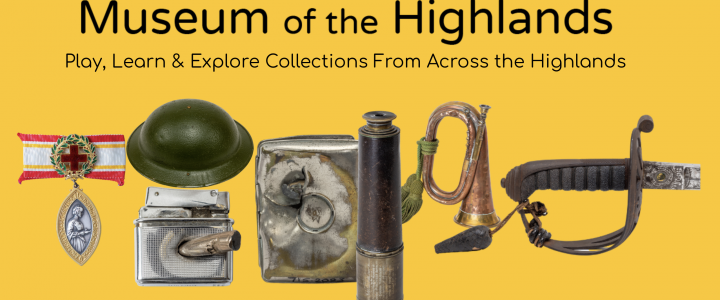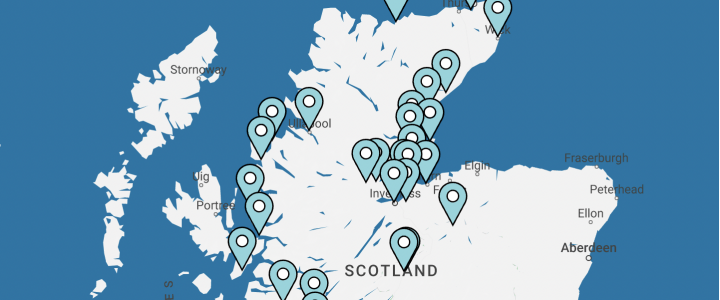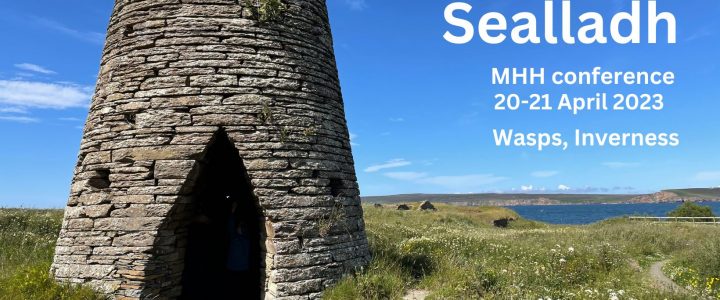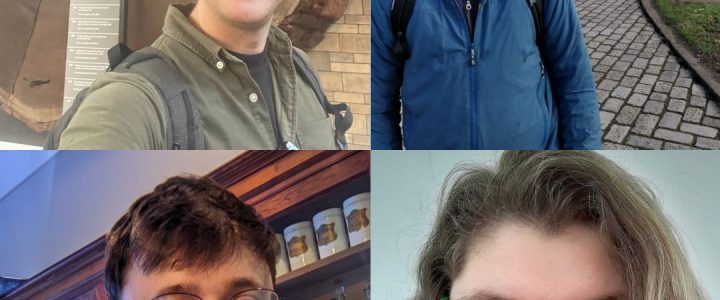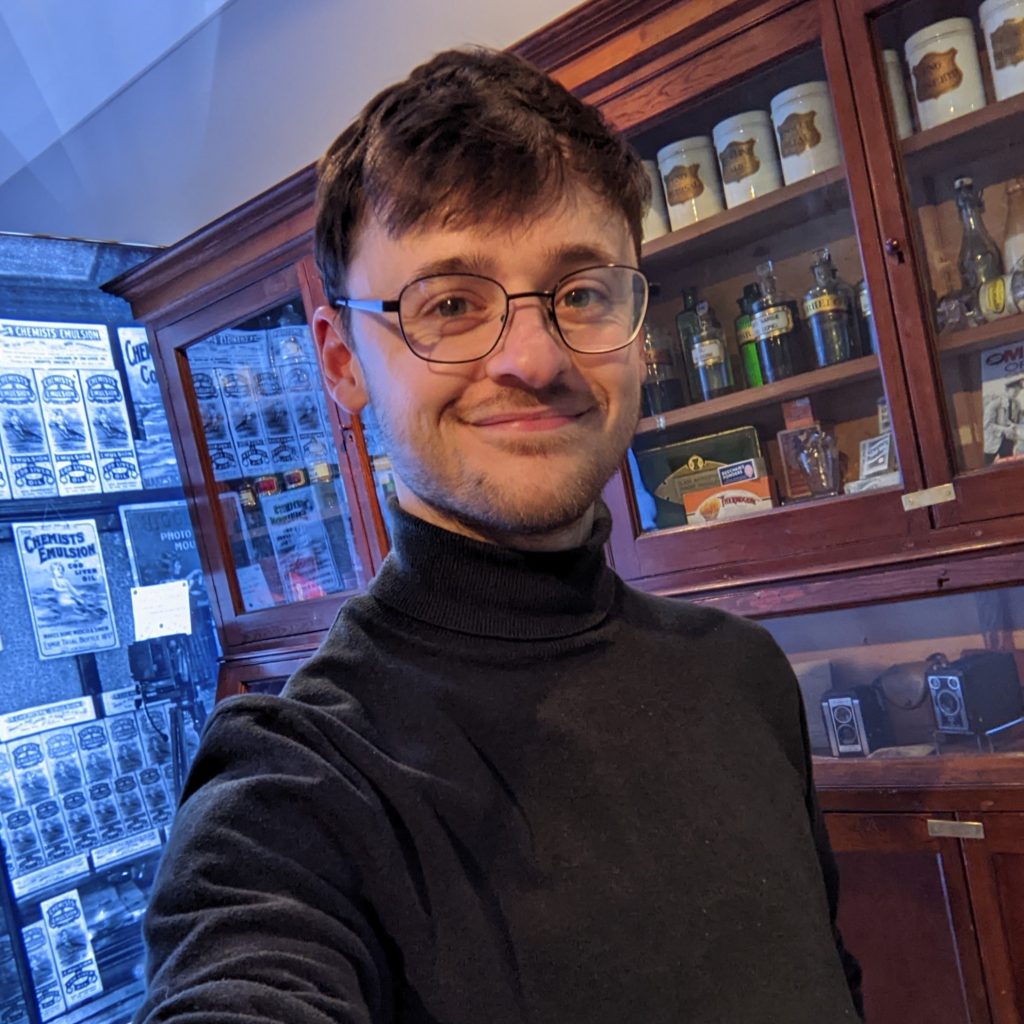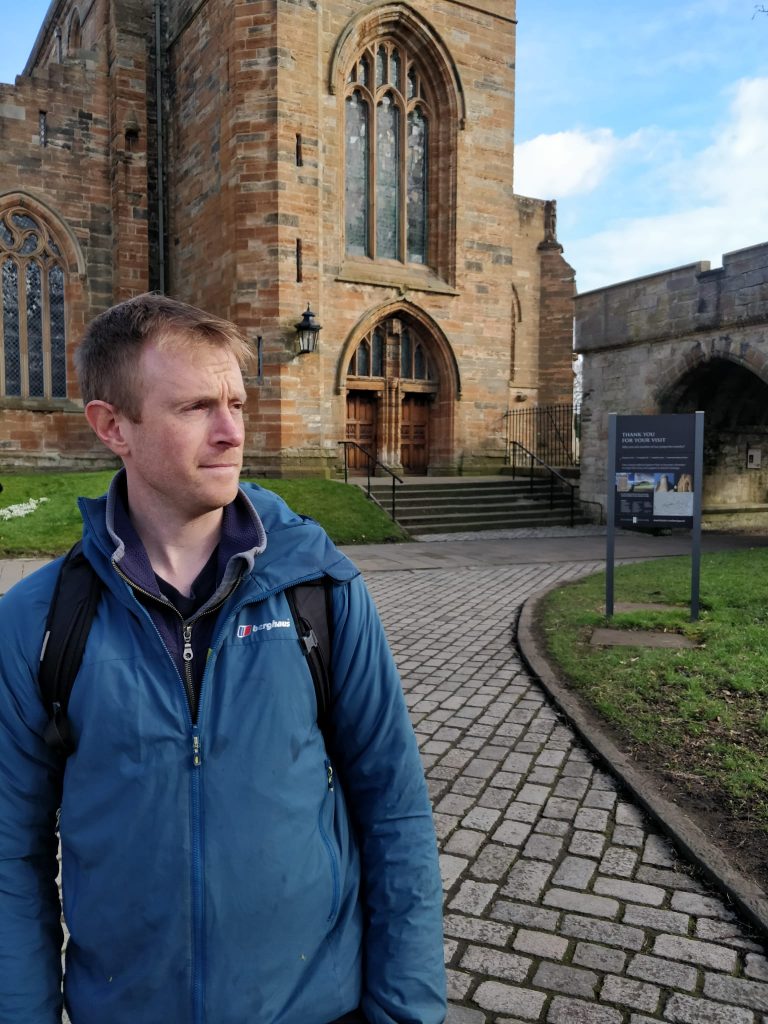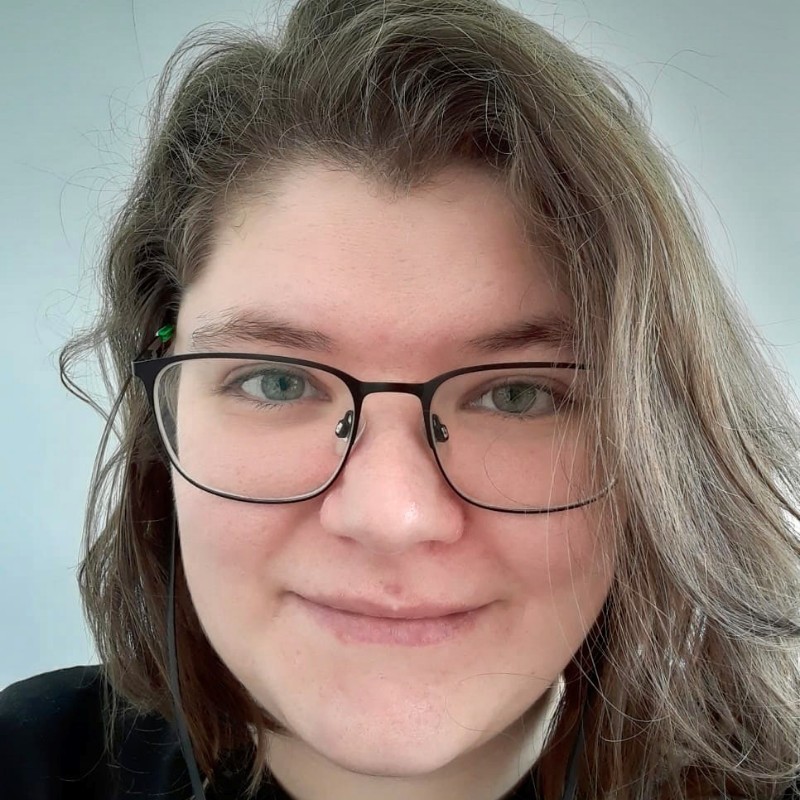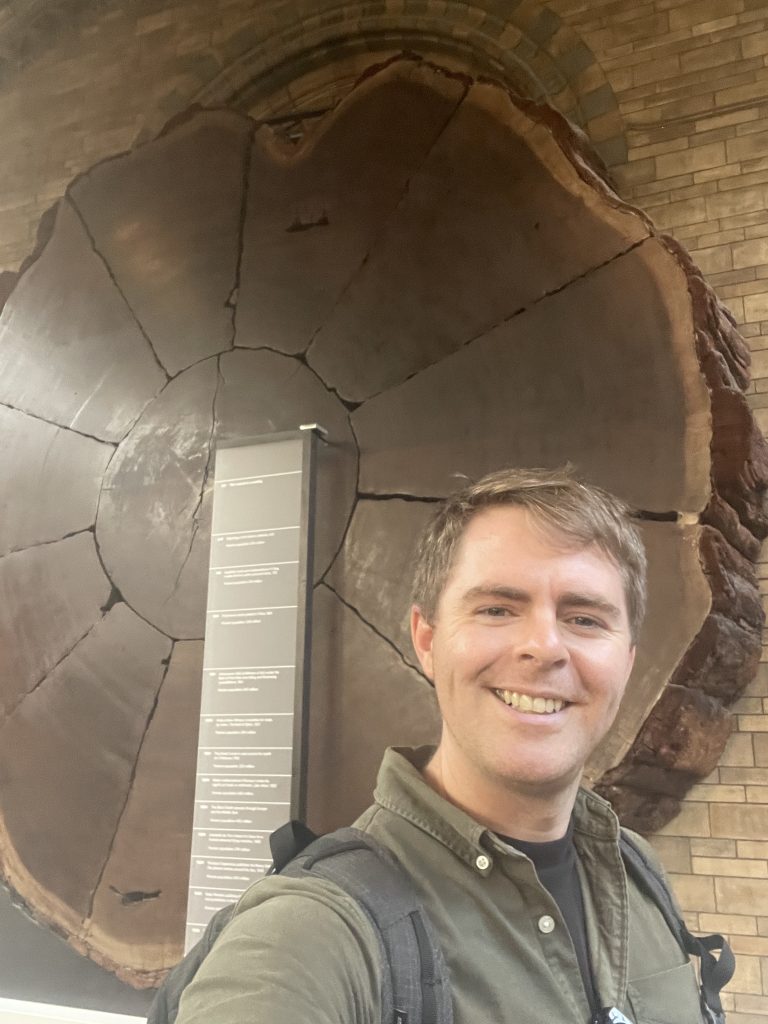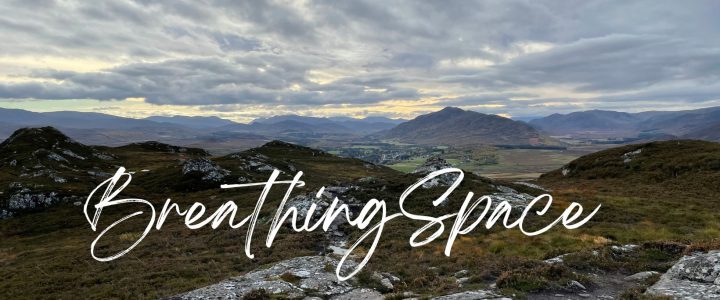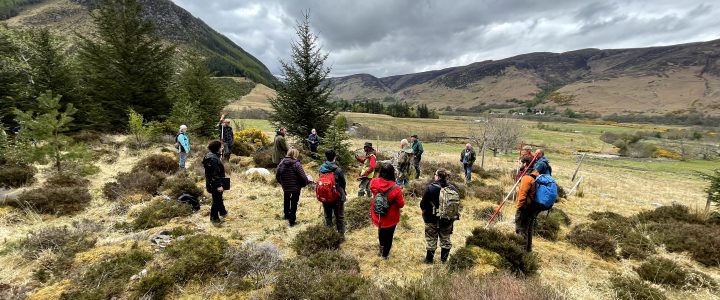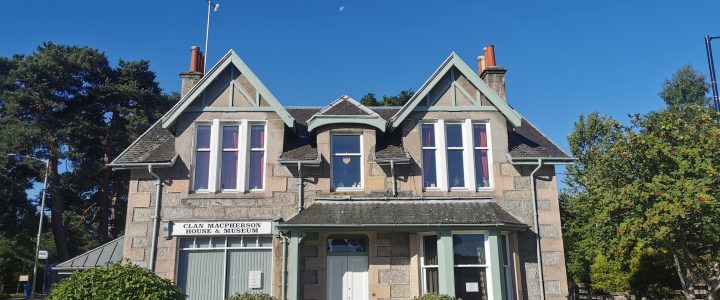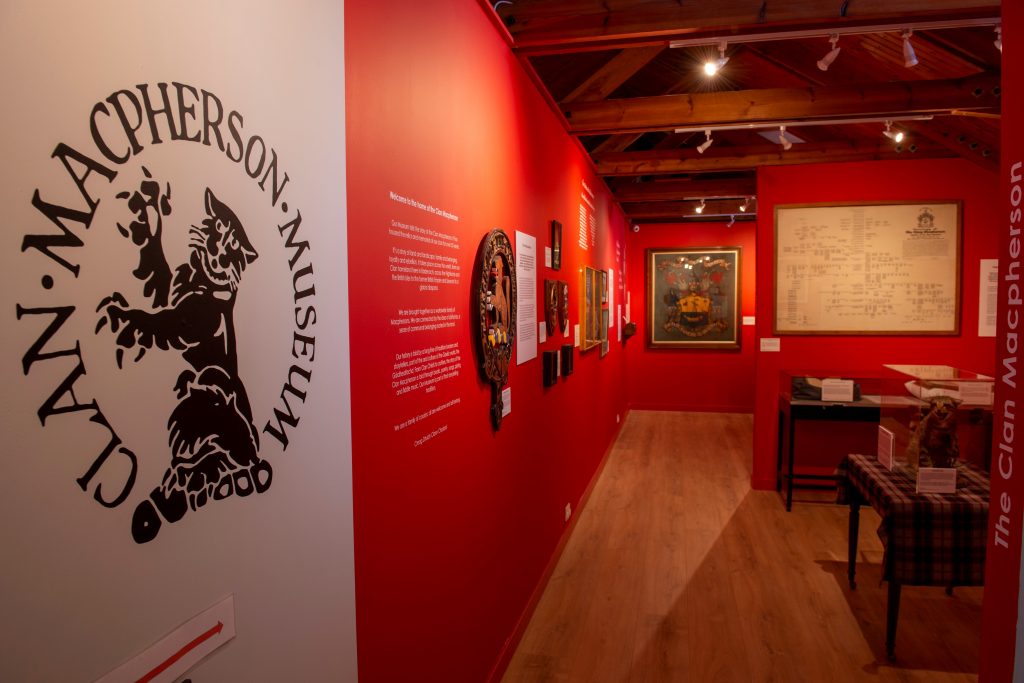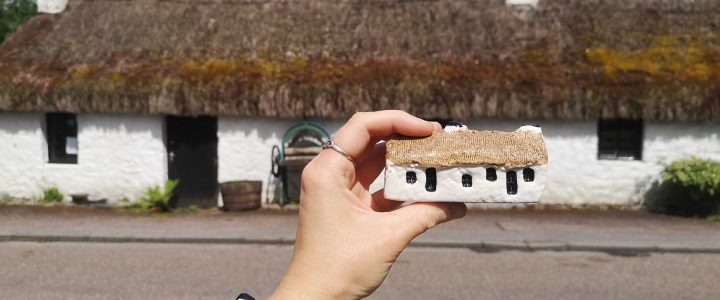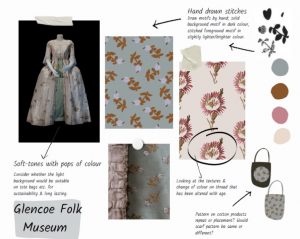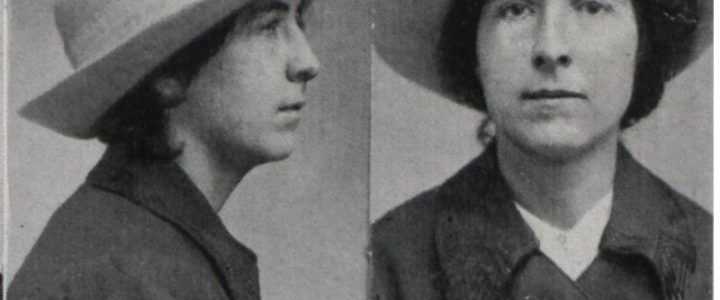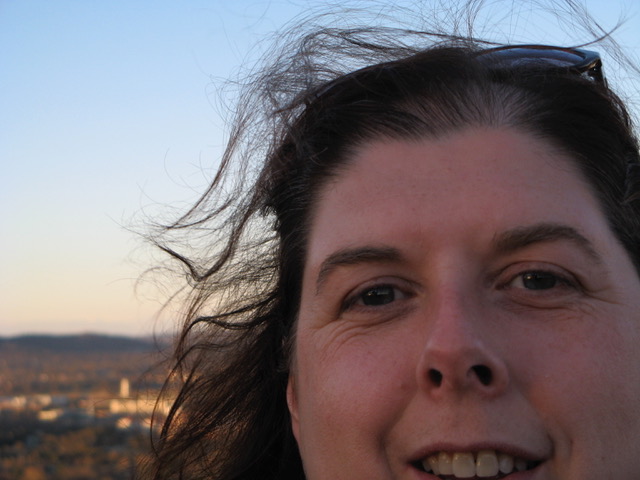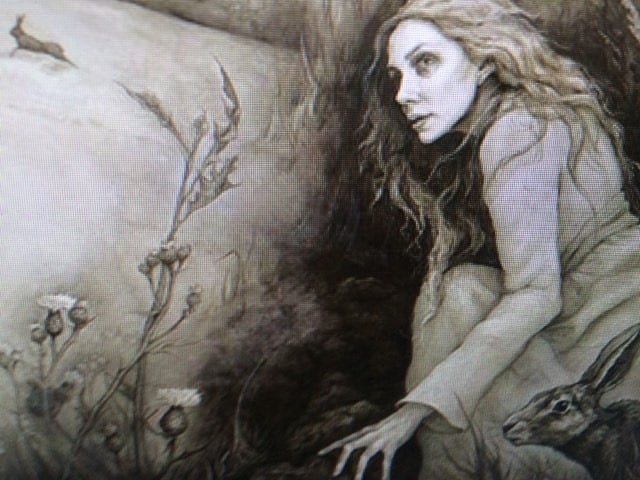On 20th April 2023, as the sun beamed across the Highlands, museum and heritage sector workers, volunteers and representatives made their way to Inverness, gathering for Sealladh – Highland Heritage Conference.
Initiated and organised by Museums Heritage Highland, the event is a chance for our Heritage sector to assemble. With long distances to travel and work demands, folk across the Highlands’ museums and heritage sector don’t often find time to get together – an in-person gathering felt long overdue.
The two-day event is the first conference focused solely on heritage to take place in the Highland capital. The line-up of local heritage professionals presenting alongside representatives from national funding and support agencies was impressive. The topics on the agenda were varied and pertinent.
A warm reception from the MHH team, accompanied by refreshments, was a chance for our heritage colleagues to meet and catch up. After a welcome from MHH Chair Dan Cottam, small groups formed for the first session, sharing highlights and difficulties of the last few years, what worked, what changes they have implemented in their museums and where there were problems or failures. This session concluded with a discussion on skills, the diversity of skills in the sector, the professional needs of our heritage colleagues and how we bring those two together.


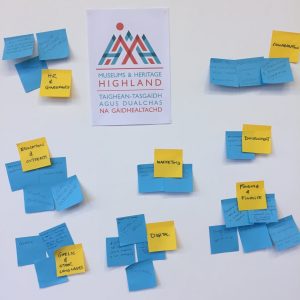
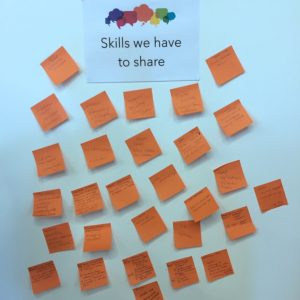
A Pecha Kucha followed. Delegates presented a project and discussed how they have responded to the demands of the last few years. We enjoyed fascinating presentations by Gaelic museum and arts professional, Anna NicGuaire on the use of Gaelic in museums, the Coast team shared insight into a wonderful west coast community engagement, storytelling and mapping project, Racheal Thomas discussed Gairloch Museum’s ‘Warm Winter Wednesdays’ addressing community issues such as loneliness, isolation and inclusivity, and West Highland Museum told of their experiences with virtual reality as they develop an immersive experience partnered with St. Andrews University.
The first day concluded with delegates enjoying supper at Velocity and viewing the Gaelic documentary Dùthchas – Home, a touching exploration of the effects of population movement on the Gaelic language and culture of the Isle of Berneray in the Outer Hebrides.
The next day’s packed schedule kicked off with the Our People panel discussion focusing on the museum workforce and how this is changing. Tamsin Russell (Museums Association), Siobhan Beaton (Ullapool Museum), Ian Leith (Wick Heritage) and David Bell (National Mining Museum) talked about attracting, retaining and get the best out of our volunteers and when and how to engage additional staff.
Following, two concurrent group sessions took a deep dive into themes touched on in the panel discussion. David Bell discussed succession planning and, through examples of his own experience, as a museum volunteer and then employee, what we can do when volunteers with specific knowledge or skills stop volunteering and we can’t fill that gap. Meanwhile, Tasmin Russell led a workshop exploring well-being in museums sharing sage advice on how we best support our staff and volunteers day to day, in specific situations and through difficult times.
More tea and on with the next panel discussion.
Resourcing Our Heritage – a subject critical to all heritage organisations and museums dealing with further cuts in funding and increasing costs. How can we as a sector move from surviving to thriving in these difficult times? Chaired by MHH’s Andrew Mckenzie, Gillian Simmons shared Museums Galleries Scotland’s new seven-year strategy, Megan Braithwaite provided insight into applying to Heritage Lottery Fund, and Katie Mullen shared invaluable tips on securing support from individuals and sponsors. From the floor came tough questions and comments on core funding, funding feedback, funds now available and how to deal with failure in funded projects.
The following session, Capital Projects Discussion Group, talked about big projects, how to fund them, manage them, and how to not get overwhelmed. Delegates shared their experiences, offered guidance and found reassurance within the group.
Meanwhile, Andrew McKenzie and Yvonne Crook discussed Highland Tourism’s ambitious project to promote the Highlands as a premium environmental tourism brand and work they are doing involving the community and the heritage sector.
More Highland hospitality with lunch and a chance to chat brought us to the final leg of the conference. The afternoon focus was on collections – how we use them, care for them and how we tell the stories they hold.
The panel, Katey Boal (NTS), Freya Samuel (The Highlanders Museum), Rachael Thomas (freelance museum curator and conservator), Abeer Eladany (University of Aberdeen Museums) and Peter Knowles (Smartify) discussed a wide range of collection-related subjects from community engagement, representation, physical and intellectual accessibility, anti-racist practice and thinking about collections in a local and international context.
Delegates had the choice of joining three different groups for the last sessions of the day.
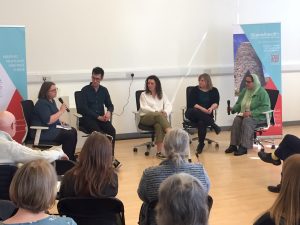
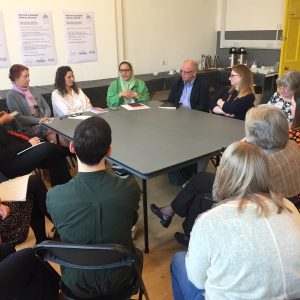
Our Collection Care workshop shared our positives and negatives about collections care, storage, display and use with invaluable advice from conservator Racheal Thomas. Digitising Collections workshop with Peter Knowles from Smartify provided insight into digital as an opportunity to bring in different voices, connect to people who can’t visit a museum, and generate income. At the Decolonisation of Collections workshop, Freya Samuel and Abeer Eladany guided our delegates in identifying and recognising the colonial structures and approaches in heritage and advised them on taking action.
The conference closed with a round-up from Dan thanking all the speakers, facilitators and everyone who came along.
As an informative and inspirational two days ended, friends and colleagues dispersed with helpful insights and practical advice, accompanied by a real sense of mutual support across the heritage community.
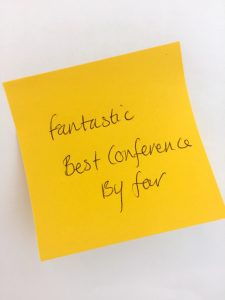
Feedback from delegates has been overwhelmingly positive. We all enjoyed the welcoming atmosphere and the chance to meet people in the MHH network and, of course, will benefit from learning from sector colleges. We also hope that similar events will take place in the future.
The event was organised by Museums and Heritage Highland, a charity formed in 2019 to promote collaborative working and provide a supportive voice for the Highland heritage sector. It is supported through the Museums Galleries Scotland Forums Fund project and is made possible with The National Lottery Heritage Fund, thanks to National Lottery players. The event was also supported by Smartify, the world’s most downloaded museum app, and Highland Tourism CIC, who are working with the sector to create a world-leading sustainable destination and premium environmental tourism brand.
You can watch the pecha kucha talks and panel discussions on our YouTube channel here.

